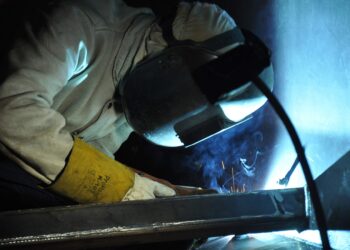
In Central Eastern Europe (CEE), the energy landscape is evolving rapidly with the development of microgrids and distributed energy resources (DERs). This shift towards localised energy generation and resilience marks a significant departure from traditional centralised energy systems, moving towards more sustainable and efficient power solutions.
Microgrids and DERs are at the forefront of this transformation. A microgrid is a localised group of electricity sources and loads that can operate independently from the traditional wide-area synchronous grid. This autonomy is particularly beneficial during grid disturbances or for communities located far from centralised energy sources. DERs, on the other hand, encompass a variety of small-scale energy sources like solar panels, wind turbines, and small natural gas-fueled generators, which can be distributed across the grid at various locations.
In the CEE region, the adoption of these technologies is driven by the need for energy security, the desire to reduce carbon footprints, and the push to integrate more renewable energy sources. For instance, countries like Poland and Hungary are exploring microgrids as a way to bolster their energy independence and incorporate more renewables into their energy mix. This is particularly relevant given the region’s significant reliance on fossil fuels and the need to comply with the European Union’s stringent environmental regulations.
Incorporating DERs into the energy mix also offers several advantages. These systems can reduce transmission losses by generating power closer to where it is consumed. Additionally, DERs can provide grid stability and flexibility, making the energy system more resilient to fluctuations in demand or supply. This is increasingly important in a region that experiences diverse energy demands and is subject to varying climatic conditions.
The implementation of microgrids and DERs in CEE also aligns with the global trend towards digitalization in the energy sector. Advanced metering infrastructure (AMI), smart grid technologies, and energy management systems are integral components of these distributed energy systems. They enable real-time monitoring and control, which enhances the efficiency and reliability of power distribution.
However, transitioning to microgrids and DERs in CEE is not without challenges. The initial investment costs can be high, and there are technical and regulatory hurdles to overcome. Integrating a variety of energy sources into a unified and stable system requires sophisticated technology and a regulatory framework that supports distributed generation. Furthermore, there is a need for consumer education and engagement, as the success of these systems often depends on active participation from the end-users.
The development of microgrids and distributed energy resources in Central Eastern Europe is a crucial step towards a more resilient, sustainable, and efficient energy future. As the region continues to grapple with energy security concerns and environmental obligations, these technologies offer a promising path forward.






